Act promptly when you notice water pooling around your washing machine drains is crucial.
A clogged laundry drain isn’t different from regular blockages, and immediate attention is required to remove the deposits. If not, the overflowing water will continue to damage your floors and tiles or cause severe damage to your pipes.
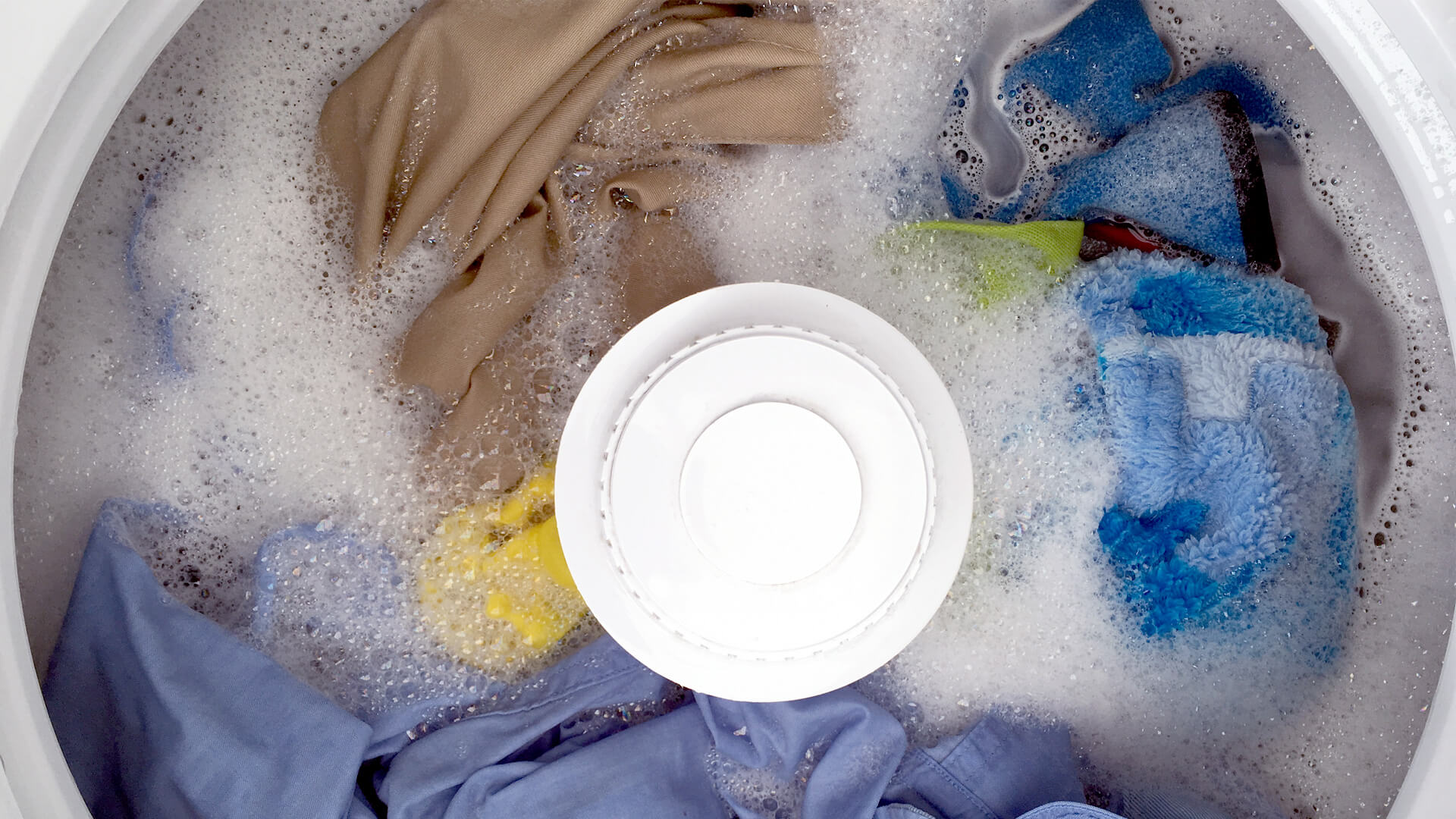
If things get complicated, calling a plumber is wise. However, there are some home remedies you can try to ease the blockage. Here are some effective ways to tackle a clogged drain:
Common Causes Of Clogging
Laundry drains are no exception to blockages, just like any other drains. It should not come as a surprise because the drain has several reasons for getting clogged up. Lint from clothes, animal hair, soap scum, corrosion, grease, and objects like small coins in pockets are pretty standard in drains.
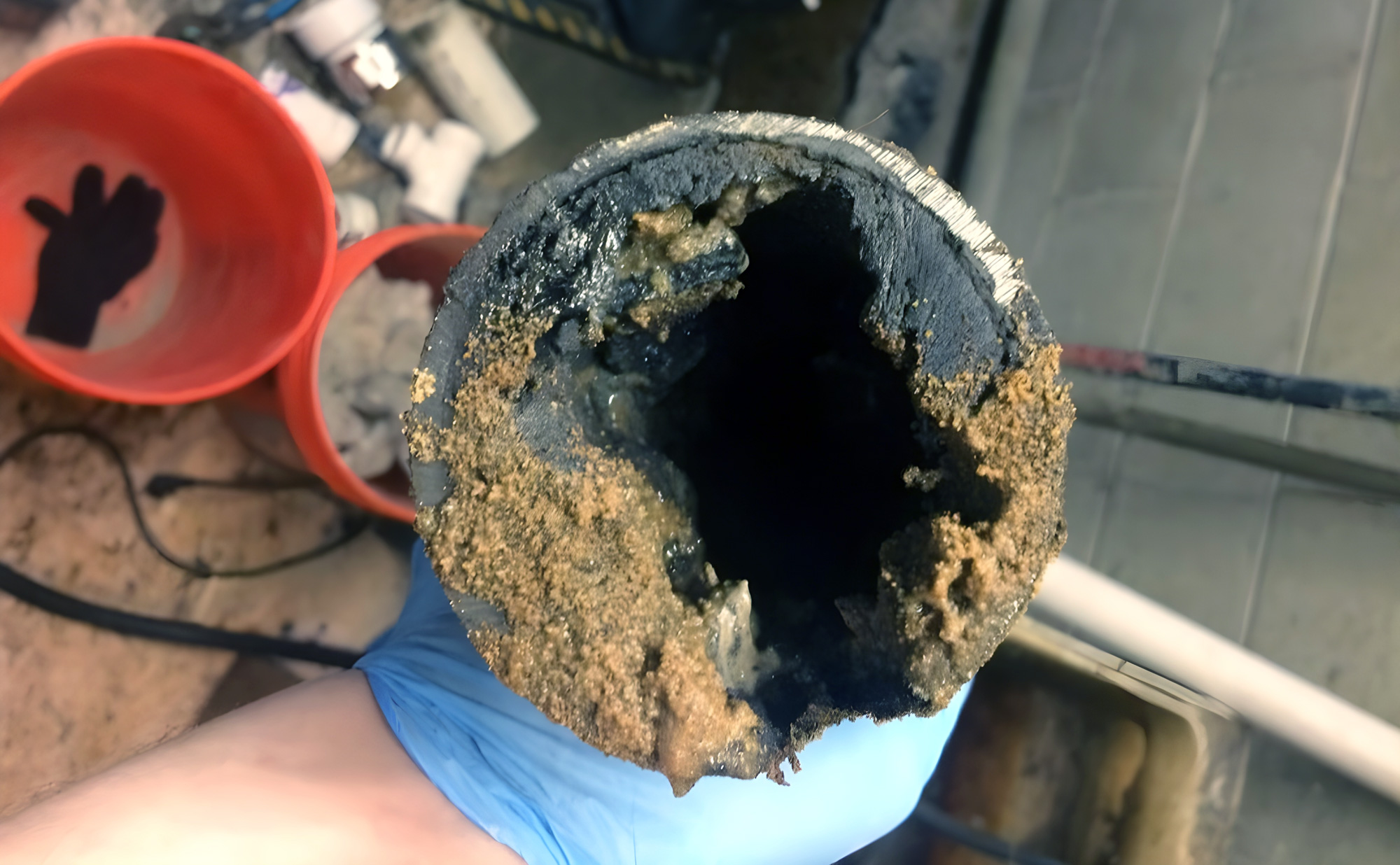
Before you realise it, variousobjects and debris accumulate, disrupting the normal drain cycle. If your laundry drain is backed up, you can see the wastewater spilling onto the floor instead of going down.
How to Fix A Clogged Laundry Drain?
If your drain’s clogged, start by filling a bucket with boiling water and adding some baking soda. Using a funnel, slowly pour the mix into the drain while you’ve taken out the washer’s drain pipe. After a few minutes, pour some water back in to check if it’s draining properly.
Continue reading for a detailed step-by-step guide to unblocking your clogged laundry drain.
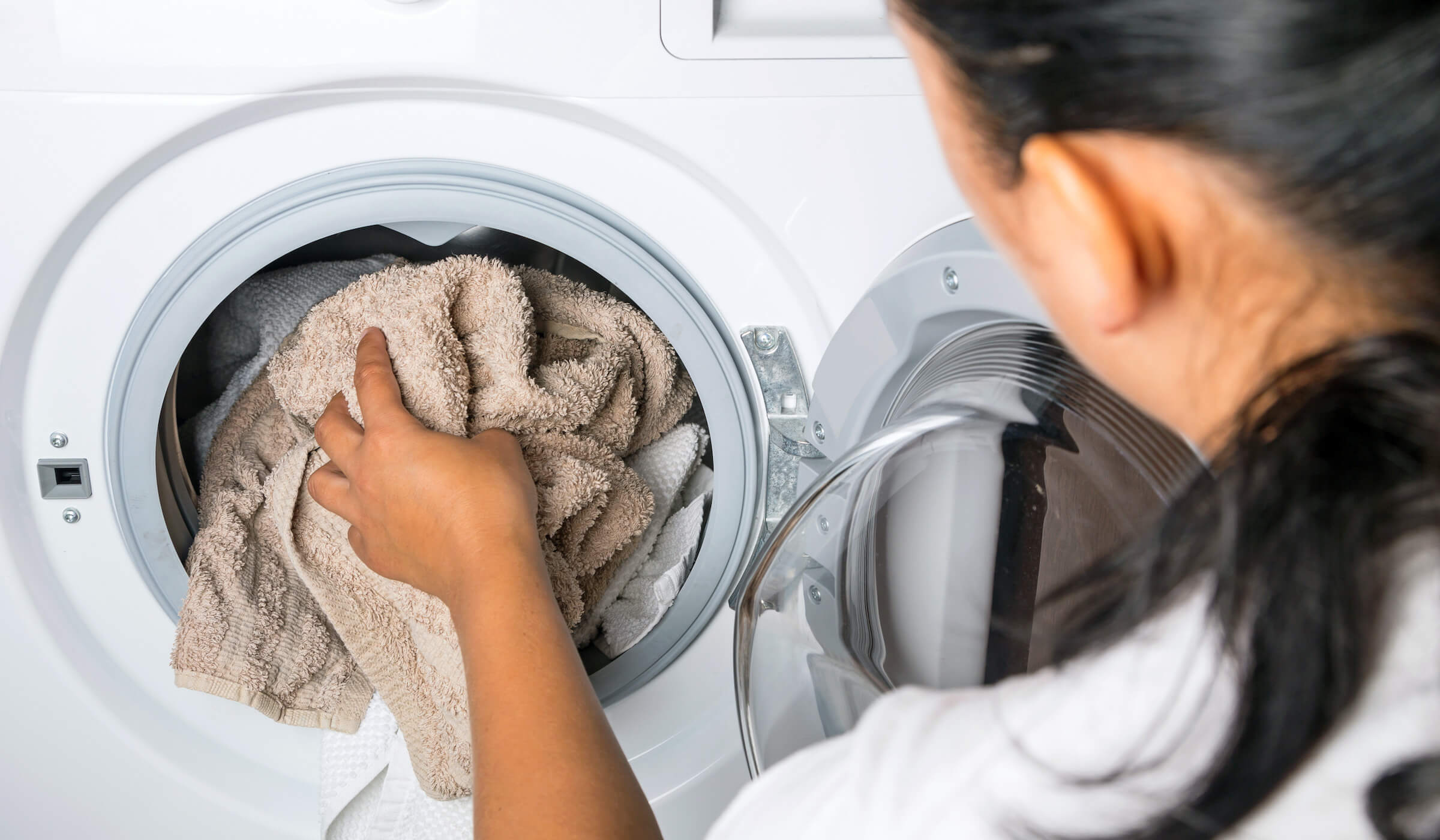
1. Fix With Hot Water
Sometimes, just pouring hot water down the drain can do wonders. It’s cheap and easy—just use at least a gallon to see if it breaks up the debris causing the blockage. If the debris dissolves, the drain should clear pretty quickly.
2. Use Vinegar And Baking Soda
While hot water is the easiest trick, you may want to boost it by adding vinegar and baking soda. Once the hot water is ready, mix one cup of vinegar and soda and pour the mixture down the drain. However, don’t add the other ingredients while the water is boiling.
This method effectively removes minor blockages since the solution dissolves debris to some extent. It can dislodge the sludge or lint strands and open the passage for water to flow again.
3. Drain Cleaner
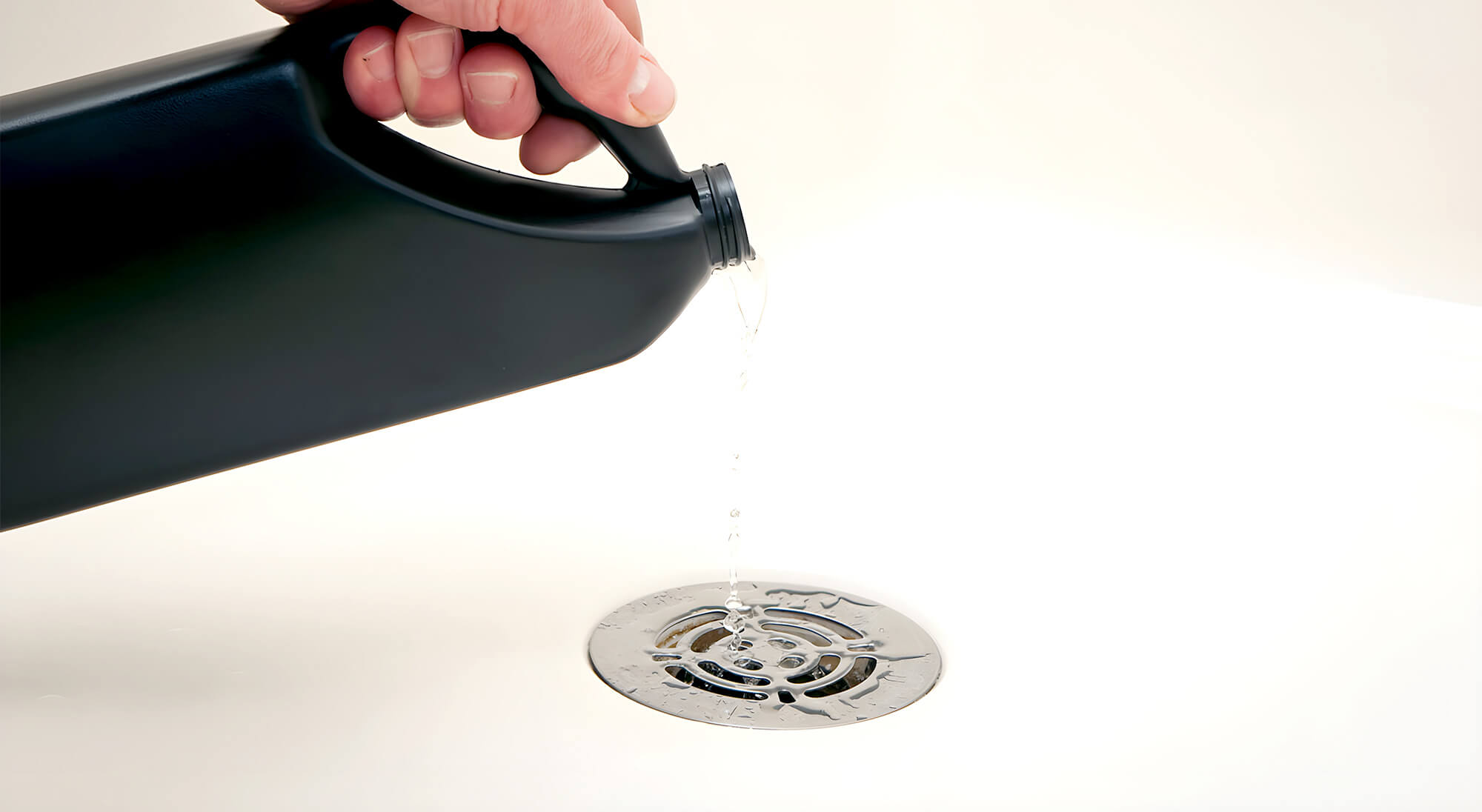
Consider utilising a commercial drain cleaner if previous methods don’t work. Drain cleaners can be harsh on the skin, so avoid contact with them as much as possible. We suggest using a non-corrosive variety so that you’ll be safe and away from harm, even if it spills.
Unplug the washing machine, put on gloves and eye gear for protection, and detach the washing machine hose to use drain cleaners.
Shift the machine to access the back end fully and remove the drain hose. Pour the drain cleaning powder or liquid solution into the drain hose and allow it to sit for some time.
The recommended time will be mentioned on the back of the product packaging. Some users may observe foam appearing at the pipe opening, but this only means that the solution works through some obstructions.
4. Use A Drain Snake
If liquid solutions and drain cleaners fail to open the drain, it might be time to resort to specialised tools for unblocking pipes. Sometimes, the obstruction source is not far below, which will be evident when you see water backing up immediately. In those cases, a regular 25-foot drain snake can be pretty helpful.
To use this method, wear gloves to protect your skin and lay towels to soak the excess water that backflows. Unplug the washing machine and move it around to reach the drainpipe. Remove the lid and insert the spring end when ready.
Keep the snake inwards until you feel any resistance from the clogged part. When this happens, turn the handle to rotate the snake wire head until all the waste matter is caught and pull the drain snake out.
5. Use A Power, Auger
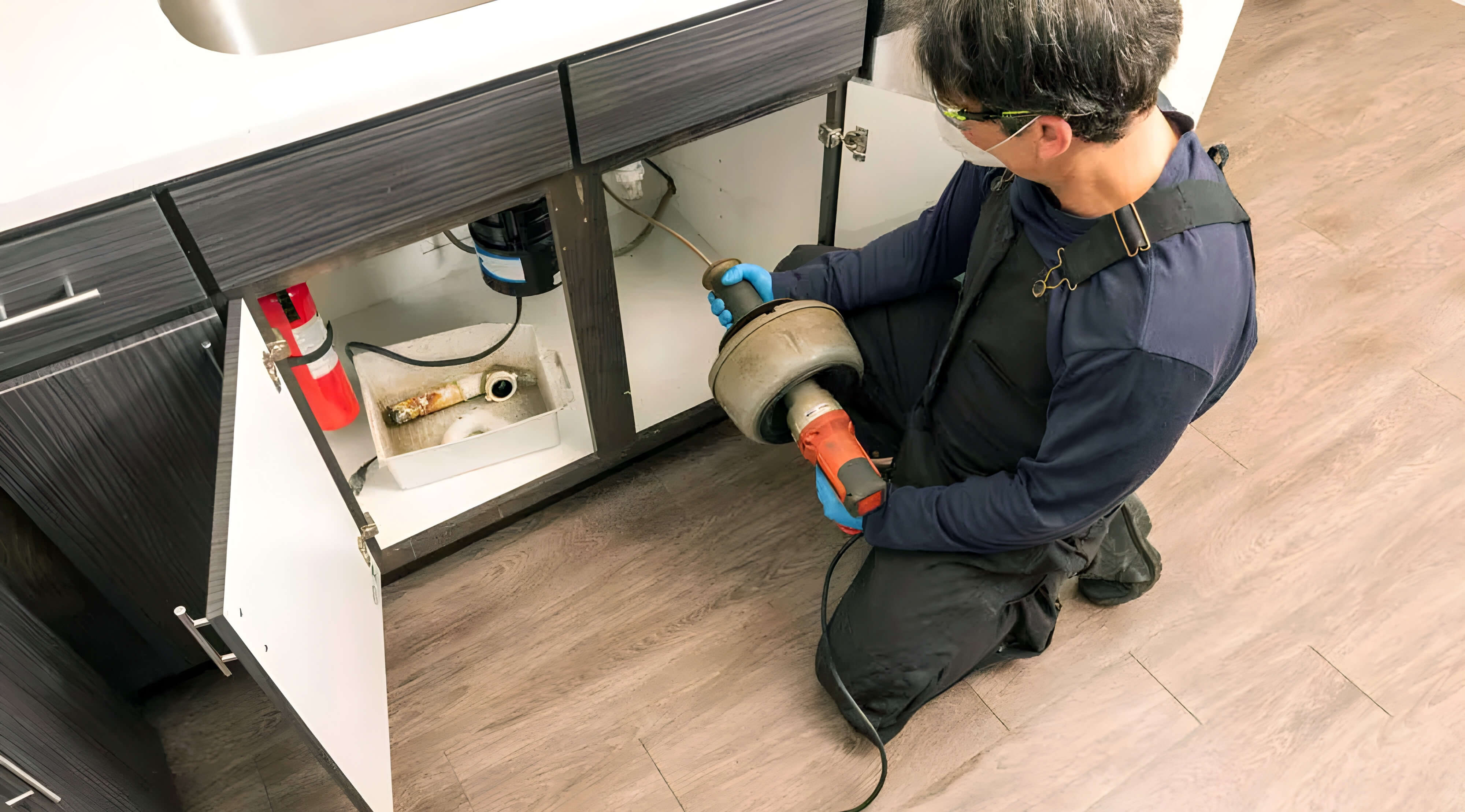
A power auger is another tool that can take care of blockages that occur further down the drain. A 50-foot or 75-foot power auger is perfect for cutting through huge lumps of mass building over time, deep in the pipes.
After the preventive measures of wearing gloves and keeping towels handy, plug in the power auger and feed the wire cable down the drainpipe. Depending on the model you buy, it can have foot pedals for powering the blades while you manoeuvre the cable further in the pipes.
When the pedal is pressed, the auger rotates swiftly to reach every pipe section, quickly dislodging debris and allowing water to drain.
6. Consult A Professional
It is not unusual to encounter a scenario in which none of these methods seems to permanently prevent water leaks or overflows. After the above methods are tried and tested, a persisting issue could be due to a blockage in the mainline or faulty plumbing parts.
The drain blockage may be too deep for regular tools, or the problem could be elsewhere in the plumbing system. In this case, you must call a professional to diagnose the recurring problem correctly.
Your local plumber will not only identify the problem but also, using their professional tools and expertise, help you solve it without hassle.
Big Blue Plumbing provides various plumbing services and is the Sunshine Coast’s most trusted plumber. We have the tools, equipment, and expertise to effectively clear drain blockages. We provide high-quality services at an affordable price. In addition, we will offer you advice on how to stop laundry drain blockages from recurring. Get in touch with us today!
Unclogging Your Laundry Drain
These were some of the easiest ways to deal with a clogged laundry drain. As we mentioned earlier, it is wise to fix it immediately because neglect can damage parts due to added pressure.
Try the most suitable method yourself from the options mentioned in this article. However, if you find the problem too challenging, don’t hesitate to contact your local plumber for assistance.



